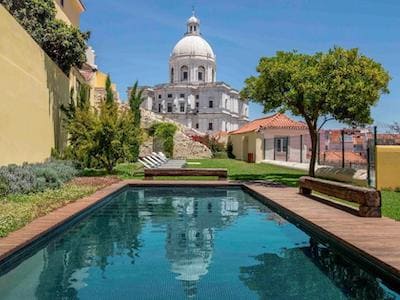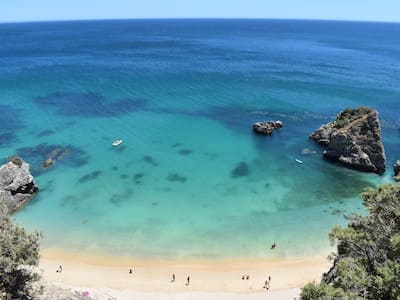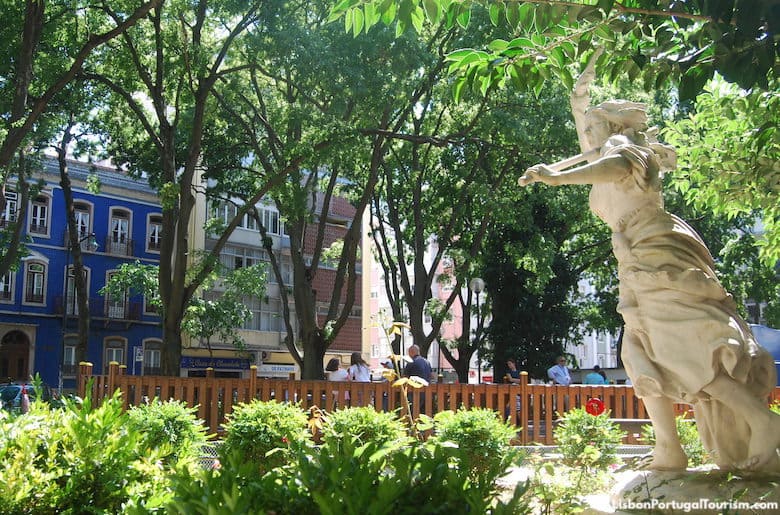
Jardim da Parada, the garden in the center of Campo de Ourique
The least touristy neighborhood in central Lisbon is the last stop of trams 25 and 28. Its grid of streets was laid out in 1879, and today it’s mostly a suburban-like middle-class district that also has a growing number of foreign residents, particularly French. There are a few attractive late-19th-century buildings (many with interesting Art Nouveau features), but most are much more recent, from the last half of the 20th century. The main attraction is the covered market, which opened in 1934 to sell fresh fish and produce, but since 2013 it’s also a major dining destination, thanks to a number of food stalls (see below).
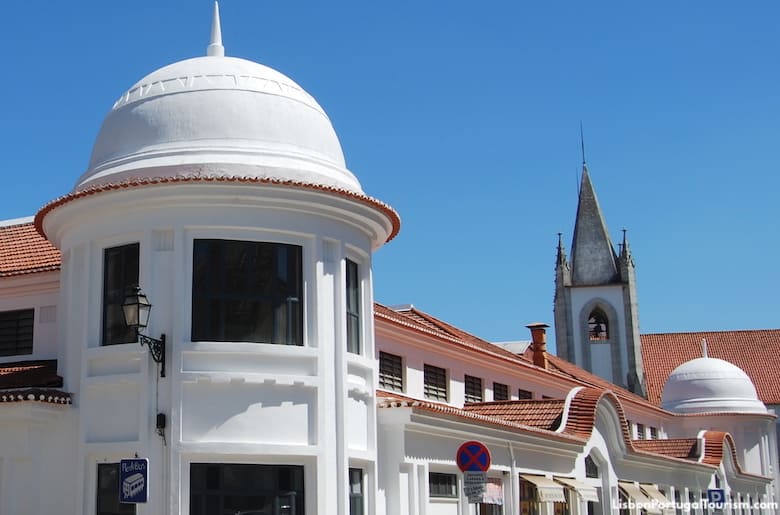
Campo de Ourique market and the church of Santo Condestável, two of the neighborhood's main examples of early-20th-century architecture.
Nearby is Casa Fernando Pessoa, the house where poet Fernando Pessoa lived for the last 15 years of his life, which has been turned into a museum and cultural center (more details below).
The main highlight for tourists, however, is actually the cemetery, which has the peculiar name of Prazeres (“Pleasures”).
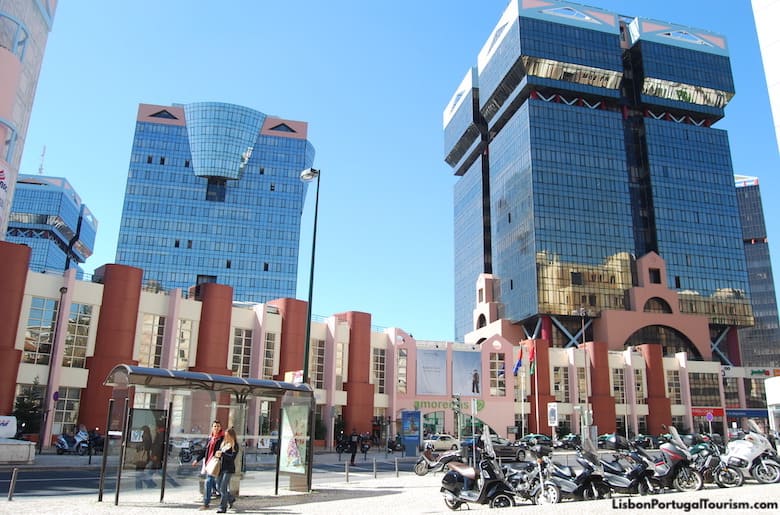
The Amoreiras Towers, housing a shopping mall and an observation deck at the top.
The neighborhood’s main street is the tree-lined Rua Ferreira Borges, which leads to the modern towers of Amoreiras, built in 1985 to house luxury apartments, offices, and Lisbon’s first major shopping mall. At the top of one of the towers is Amoreiras 360º, an observation deck offering a view of almost the entire city. A short walk away is the city’s monumental aqueduct.
What to See and Do in Campo de Ourique
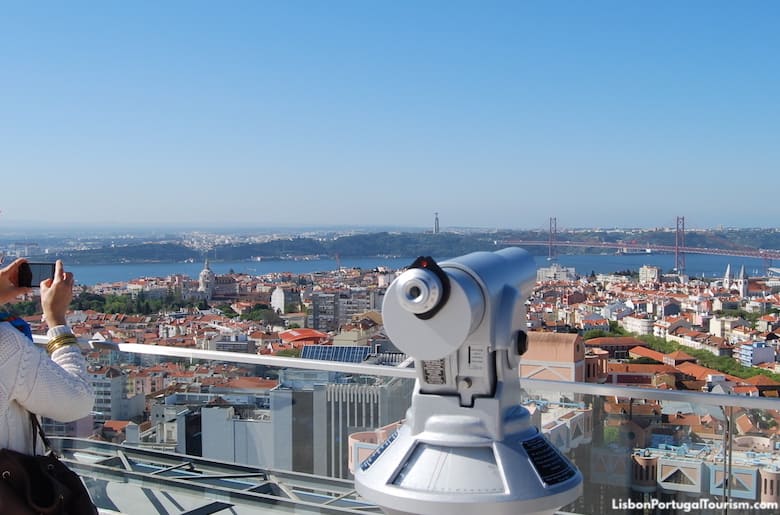
A trio of glass towers opened in 1985, housing a shopping mall, offices and apartments, after much controversy due to their postmodern architecture. In 2016, one of those towers finally opened an observation deck at the top. It’s accessed through the mall, and offers a 360º-view of Lisbon.
See the Amoreiras 360º Visitor's Guide.

Close to Campo de Ourique, in the Campolide district (just a short walk from behind the towers of Amoreiras), stands Lisbon’s monumental 18th-century aqueduct. It’s recognized as one of the most remarkable hydraulic and engineering constructions in the world, so much so that its 109 arches escaped the destruction of the devastating 1755 earthquake. Running for 58km (36 miles), it provided clean drinking water to the people of Lisbon, and is now part of the Water Museum, which allows visitors to walk over its 14 largest arches, rising 64 meters (210 feet) from the ground. Those were the world’s tallest stone arches when they were built, and offer a view of a part of the city that’s rarely seen by tourists.
See the Lisbon Aqueduct Visitor's Guide.
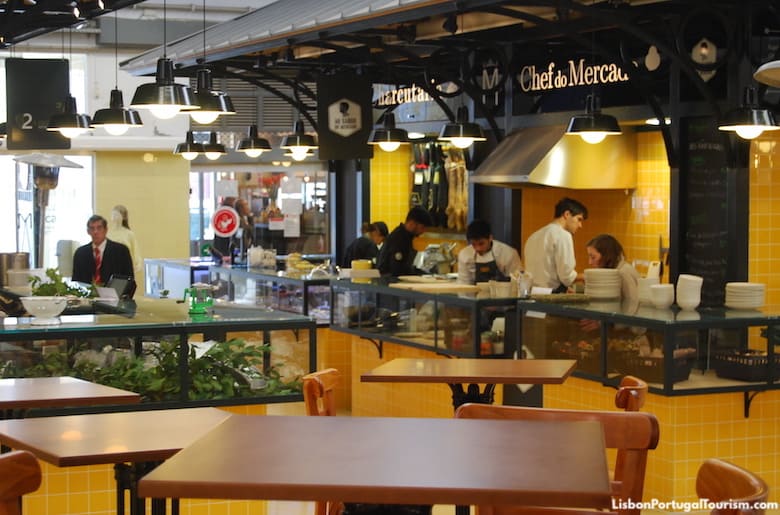
Open since 1934, this market was remodeled in 1991 and again in 2013, and continues to offer the fresh fish and vegetables of the day. It also has several shops facing the exterior, and the latest renovation added a food hall with tables for the consumption of much of what is sold.
It's open daily until late at night, so it's more than a shopping destination, it's also a place for meals throughout the day.
See the Campo de Ourique Market Visitor's Guide.
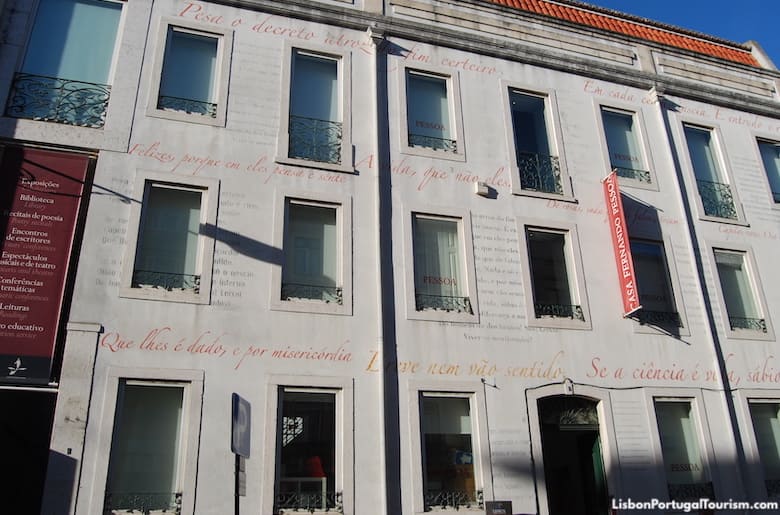
The house where poet Fernando Pessoa lived the last years of his life was turned into a cultural center in 1994. It displays a few personal objects and portraits of Pessoa by Almada Negreiros and Júlio Pomar, as well as a library with books by the poet and about subjects related to him. It often hosts special events, such as temporary exhibitions and poetry readings.
Rua Coelho da Rocha, 16
Opens every day
www.casafernandopessoa.pt
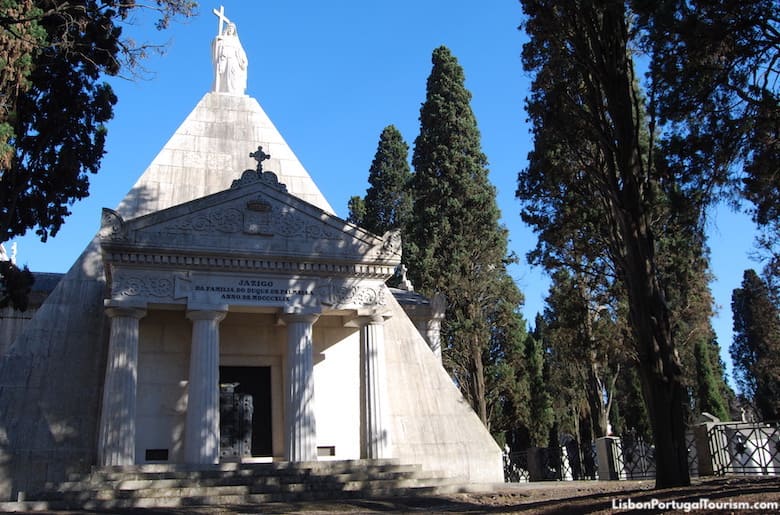
Lisbon’s historic cemetery was built in 1833, at the height of the Romantic period, which explains the tree-lined lanes with monumental tombs and mausoleums. Those belong to many of Portugal’s most illustrious families, and over the years they also became the resting places of famous personalities, such as poets and politicians. For some, it may sound like a morbid attraction, but many enjoy admiring the architectural heritage. The cemetery also has the oldest and largest concentration of cypress trees in the Iberian Peninsula, and the largest private mausoleum in Europe. Inspired by Solomon’s Temple, the pyramid-shaped mausoleum (pictured above) was built in 1849 for the Duke of Palmela and his family, and holds several works of art, including a cenotaph by the great Italian sculptor Antonio Canova.
See the Prazeres Cemetery Visitor's Guide.
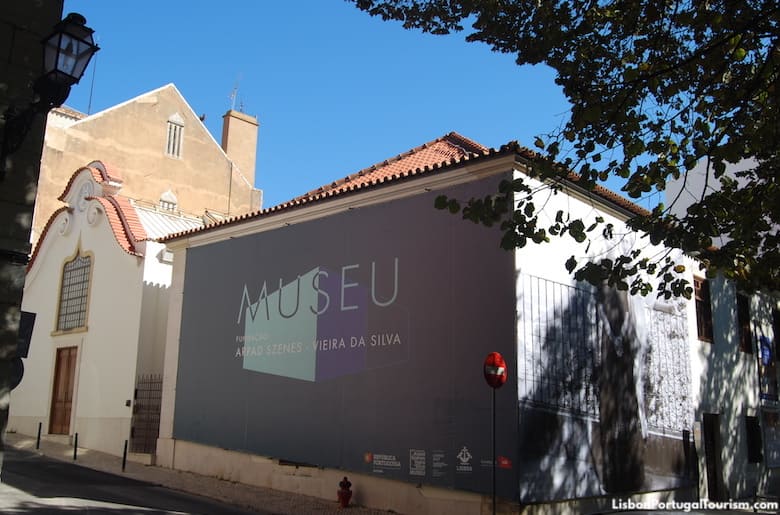
Maria Helena Vieira da Silva was one of 20th-century Portugal's major artists. Born in Lisbon in 1908, she began exhibiting her paintings in Paris in 1930, when she married her husband Arpad Szenes, an Hungarian artist. She later made the French capital her permanent home, and became the first woman to receive the French "Grand Prix National des Arts." Most of her work is abstract compositions, and many examples can be seen at this museum along with pieces by her husband.
See the Arpad Szenes-Vieira da Silva Museum Visitor's Guide.
How to Get to Campo de Ourique
The quickest way to reach Campo de Ourique is taking bus 709 which departs from Restauradores Square downtown. However, if you just can’t leave Lisbon without the crowded tram experience, hop on trams 25 or 28, which terminate here after a slow journey through Baixa and Chiado. They’ll indicate “Prazeres” as their last stop, which is on the edge of Campo de Ourique, at the doorstep of the famous cemetery.
You may ride the bus and the trams, as well as the city's metro, funiculars and trains for free with the Lisboa Card.
Where to Stay in Campo de Ourique
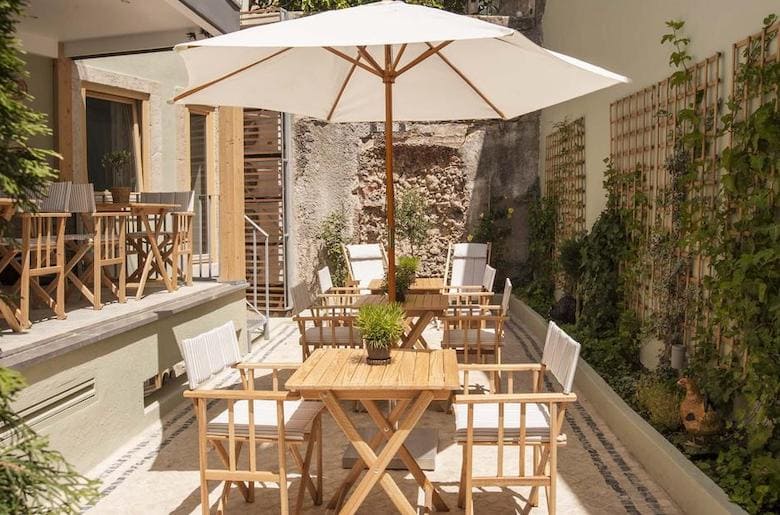
Hidden a short walk from the Amoreiras mall, this charming bed and breakfast offers spacious rooms and a small patio to create the feeling of a home away from home. It maintains old stuccoes and tiles, but incorporates modern furnishings.

Found by the Amoreiras shopping mall, this 5-star hotel has been the Lisbon home of famous names such as former U.S. President Bill Clinton, model Claudia Schiffer and actress Hilary Swank. Its sophisticated restaurant serves fine Italian cuisine and is a favorite of local businessmen. Some of the 263 rooms, on the top floors, offer city views from their wall-to-wall windows.
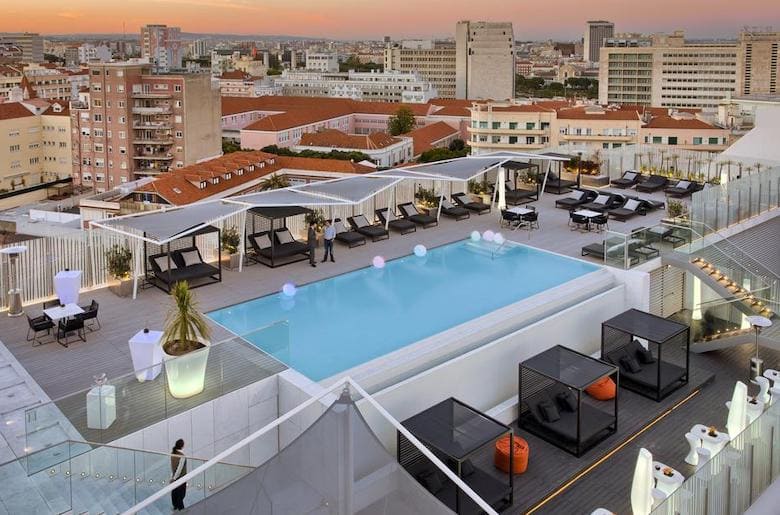
Located across the road from the Amoreiras towers, this hotel offers 291 rooms and 20 suites, many with views over the city. It also has two restaurants, a spa, 13 meeting rooms, and an outdoor infinity pool that joins a bar on the rooftop.

